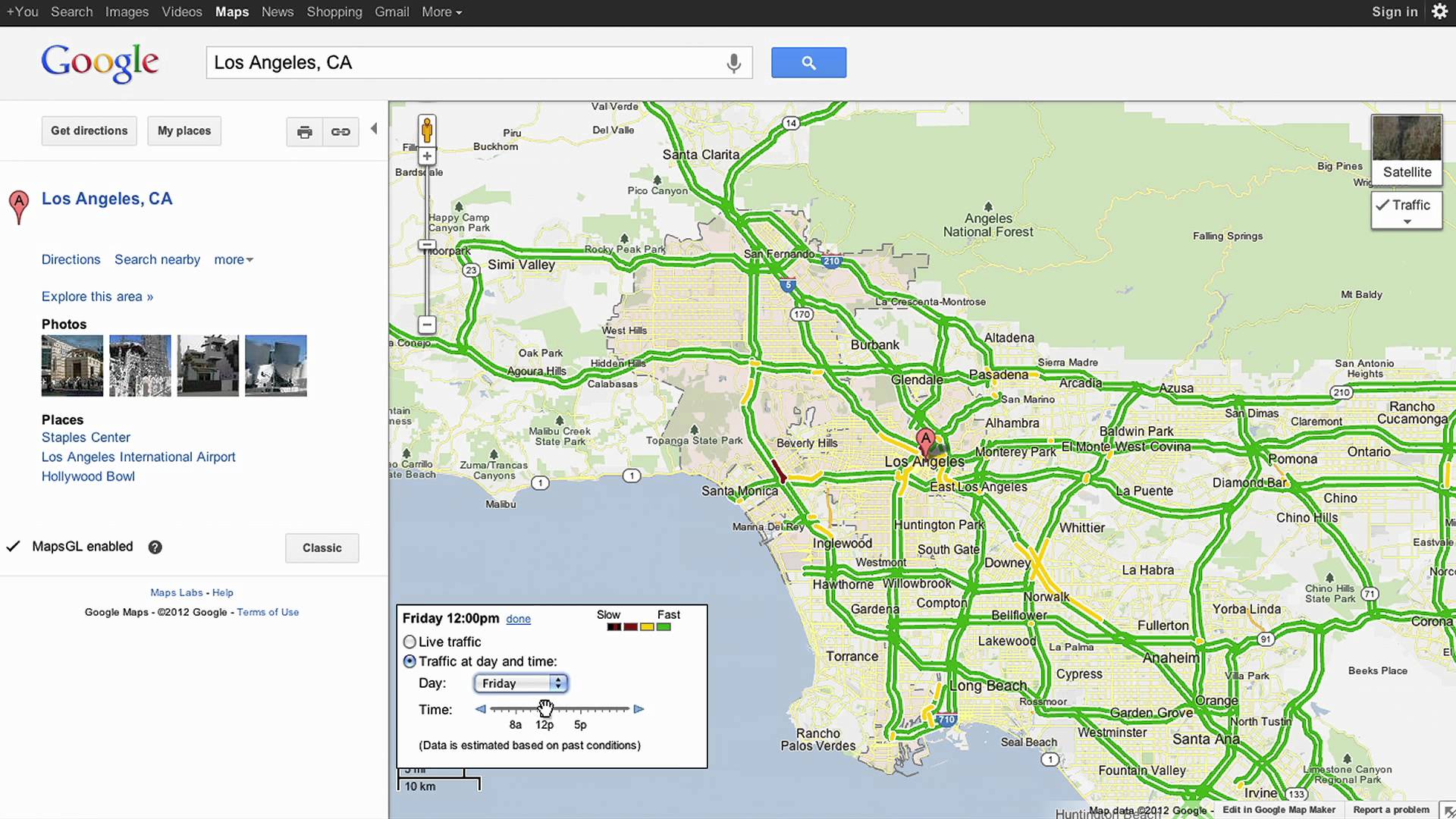


And autonomous vehicles, touted as an answer to traffic-y streets, could deepen the problem. In some scenarios, traffic-beating apps might work for an individual, but make congestion worse overall. But a new body of research at the University of California’s Institute of Transportation Studies suggests that the reality is far more complicated. In some happy universe, this would lead to socially optimal outcomes, too. Commuters armed with mobile mapping apps, route-following Lyft and Uber drivers, and software-optimized truckers can all act with a more perfect selfishness. Now, however, a new information layer is destroying the nudging infrastructure that traffic planners built into cities. Sure, there were always people who knew the crazy, back-road route, but the bulk of people just stuck to the routes that transportation planners had designated as the preferred way to get from A to B.

In those conditions, both simulation and real-world experience showed that most people stuck to the freeways and arterial roads. In the pre-mobile-app days, drivers’ selfishness was limited by their knowledge of the road network.
#LA TRAFFIC MAPS DRIVER#
Technically, in transportation engineering, the price of anarchy describes the difference between what happens when every driver selfishly picks the fastest route and what the socially optimal traffic outcome would be.


 0 kommentar(er)
0 kommentar(er)
